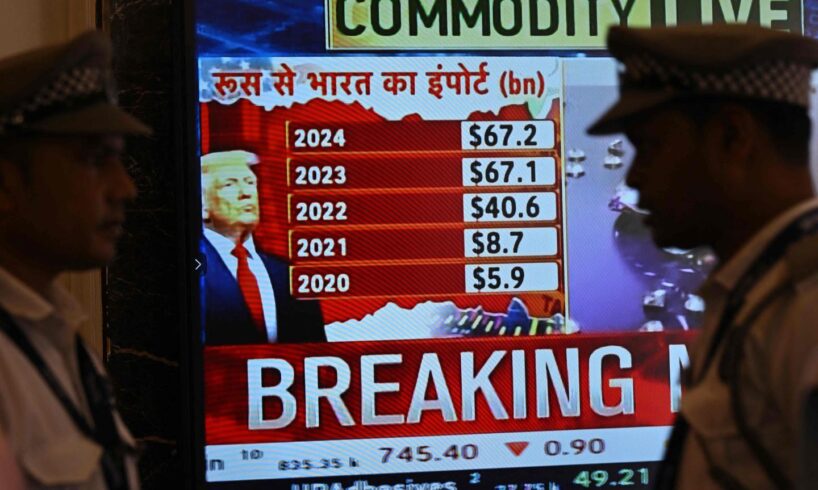
On August 1, 2025, U.S. President Donald Trump implemented new tariffs on numerous countries, including Canada, the European Union, and Taiwan, escalating trade tensions and causing significant volatility in global markets. The tariffs, set to take effect on August 7, represent a dramatic shift in U.S. trade policy, with average rates increasing from 13.3% to 15.2%, and reaching up to 41% for some nations.
The announcement led to immediate market reactions. The S&P 500 fell 1.6%, marking its fourth consecutive loss and a 2.4% weekly decline. The Dow Jones Industrial Average dropped 1.2%, while the Nasdaq Composite plummeted 2.2%. This downturn was influenced by a disappointing jobs report, which showed only 73,000 jobs added in July, far fewer than expected, and large downward revisions to May and June’s figures.
International markets mirrored this decline. Germany’s DAX and France’s CAC 40 both lost over 2.5%, and South Korea’s Kospi plunged 3.9%. Asian tech markets were particularly hard-hit, with South Korea’s Kospi dropping up to 3.7%, and Taiwan’s index falling as much as 1.6%. The tariffs have raised concerns about global supply chains and the unresolved trade deal with China. , [apnews.com])
The broader market had rallied since an initial low in April, but the MSCI All Country World Index has now declined for four consecutive sessions. The average global tariff rate has risen sharply from 2.5% to 15.3%. While some nations escaped the worst tariffs, even those facing 10% duties are feeling the economic hit through higher prices and disrupted trade.
Further uncertainty looms as the U.S.-China deal remains incomplete, and experts note that tariff rates could continue to change. U.S. tariffs on tech imports also raised costs, with Apple estimating a $1.1 billion increase. Investors are advised to reassess their portfolios considering the new tariff landscape, evaluating asset class valuations and sector-specific impacts.
In summary, the recent implementation of new tariffs by President Trump has led to significant declines in global stock markets, heightened economic uncertainty, and concerns over the potential for a broader trade war. Market participants are closely monitoring the evolving situation, awaiting further developments and potential policy adjustments.

